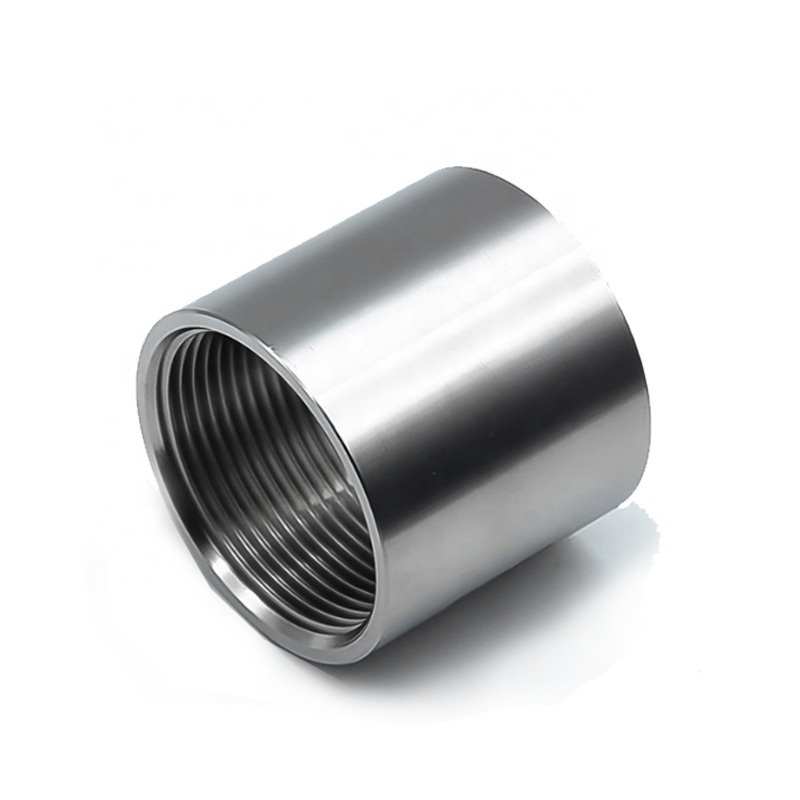-
Cangzhou Yulong Steel Co., Ltd.
-
Phone:
+86 13303177267 -
Email:
admin@ylsteelfittings.com
- English
- Arabic
- Italian
- Spanish
- Portuguese
- German
- kazakh
- Persian
- Greek
- French
- Russian
- Polish
- Thai
- Indonesian
- Vietnamese
- Zulu
- Korean
- Uzbek
- Hindi
- Serbian
- Malay
- Ukrainian
- Gujarati
- Haitian Creole
- hausa
- hawaiian
- Hebrew
- Miao
- Hungarian
- Icelandic
- igbo
- irish
- Japanese
- Javanese
- Kannada
- Khmer
- Rwandese
- Afrikaans
- Albanian
- Amharic
- Armenian
- Azerbaijani
- Basque
- Belarusian
- Bengali
- Bosnian
- Bulgarian
- Catalan
- Cebuano
- China
- China (Taiwan)
- Corsican
- Croatian
- Czech
- Danish
- Esperanto
- Estonian
- Finnish
- Frisian
- Galician
- Georgian
- Kurdish
- Kyrgyz
- Lao
- Latin
- Latvian
- Lithuanian
- Luxembourgish
- Macedonian
- Malgashi
- Malayalam
- Maltese
- Maori
- Marathi
- Mongolian
- Myanmar
- Nepali
- Norwegian
- Norwegian
- Occitan
- Pashto
- Dutch
- Punjabi
- Romanian
- Samoan
- Scottish Gaelic
- Sesotho
- Shona
- Sindhi
- Sinhala
- Slovak
- Slovenian
- Somali
- Sundanese
- Swahili
- Swedish
- Tagalog
- Tajik
- Tamil
- Tatar
- Telugu
- Turkish
- Turkmen
- Urdu
- Uighur
- Welsh
- Bantu
- Yiddish
- Yoruba

Nov . 09, 2024 14:23 Back to list
Exploring DIN 2065 Flange Specifications for Industrial Applications and Standards
Understanding DIN 2065 Flange A Comprehensive Overview
In the realm of mechanical engineering and piping systems, flanges play a crucial role in connecting different sections of pipe, valves, and other equipment. Among various standards of flanges, the DIN 2065 flange has garnered attention for its unique design and functionality. This article aims to provide an in-depth understanding of DIN 2065 flanges, including their specifications, applications, advantages, and installation methods.
What is DIN 2065 Flange?
The term DIN stands for Deutsches Institut für Normung, which is the German Institute for Standardization. The DIN 2065 flange is characterized by its specific design and dimensions set forth by this institution. These flanges are commonly used in mechanical applications and are made from various materials, including stainless steel, carbon steel, and other alloys, making them versatile for different environments.
The DIN 2065 standard primarily focuses on the dimensions, tolerances, and materials of these flanges. A typical DIN 2065 flange features a flat, circular disk with perforations on the perimeter, which allows for bolting to another piece of equipment or piping. The surfaces are usually machined to ensure a proper seal when mated with flanges of similar standards.
Specifications
DIN 2065 flanges come in various sizes, which correspond to the nominal pipe diameters. They are available in different pressure ratings, often denoted in terms of PN (Nominal Pressure). Common ratings include PN 10, PN 16, PN 25, and PN 40, indicating the maximum allowable pressure under which the flange can operate.
One significant aspect of DIN 2065 flanges is their compatibility with other DIN standards, such as DIN 2576 and DIN 2631–2638, allowing for greater flexibility in design and use. Moreover, these flanges typically feature a raised face to enhance the sealing capabilities, making them suitable for applications that require a tight seal to prevent leakage.
Applications
DIN 2065 flanges find applications across various industries due to their robust design and reliable performance. They are commonly utilized in
din 65 flange

1. Chemical Processing For transporting corrosive materials and chemicals, where strength and corrosion resistance are paramount. 2. Oil and Gas In pipelines that require high-performance standards to manage fluid transport under varying pressures. 3. Water Supply Systems Used to connect water treatment plants, pipelines, and distribution systems ensuring a secure and leak-proof connection. 4. Power Generation In steam and gas turbines, where flanges need to withstand high temperatures and pressures.
Overall, the versatility of DIN 2065 flanges makes them a preferred choice in many engineering applications.
Advantages
The advantages of using DIN 2065 flanges are manifold
1. Standardization The adherence to DIN standards ensures consistency in quality and performance, facilitating easier sourcing and replacement. 2. Versatility Compatible with various pipe materials and sizes, DIN 2065 flanges can be used across a broad range of applications. 3. Ease of Installation The perforated design allows for straightforward installation with bolts, reducing assembly time and effort. 4. Reliability The robust construction and proper sealing capabilities reduce the risk of leaks, making these flanges highly reliable under challenging conditions.
Installation Considerations
Proper installation is critical for ensuring the effectiveness of DIN 2065 flanges. Here are some essential considerations
- Surface Preparation Ensure that the flange faces are clean and free of debris before installation. - Gaskets Use appropriate gaskets to enhance sealing and prevent leakage. The choice of gasket material should align with the medium being transported. - Torque Specifications Follow the manufacturer's torque specifications when tightening the bolts to avoid warping the flange or damaging the gasket.
Conclusion
In summary, DIN 2065 flanges are an essential component in modern piping systems, celebrated for their standardized design, versatility, and reliability. Understanding their specifications, applications, advantages, and proper installation techniques is vital for engineers and technicians working in various industries. By adhering to the DIN guidelines, professionals can ensure safe and efficient operations in their systems, reinforcing the continued importance of these flanges in contemporary engineering practices.
Latest news
-
ANSI 150P SS304 SO FLANGE
NewsFeb.14,2025
-
ASTM A333GR6 STEEL PIPE
NewsJan.20,2025
-
ANSI B16.5 WELDING NECK FLANGE
NewsJan.15,2026
-
ANSI B16.5 SLIP-ON FLANGE
NewsApr.19,2024
-
SABS 1123 FLANGE
NewsJan.15,2025
-
DIN86044 PLATE FLANGE
NewsApr.19,2024
-
DIN2527 BLIND FLANGE
NewsApr.12,2024
-
JIS B2311 Butt-Welding Fittings LR/SR 45°/90° /180°Seamless/Weld
NewsApr.23,2024











